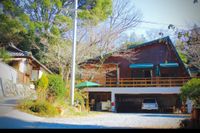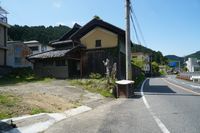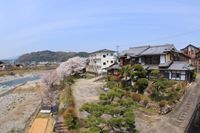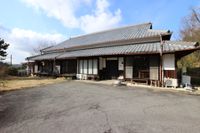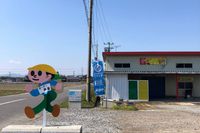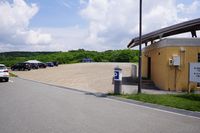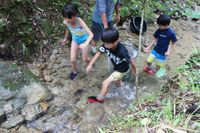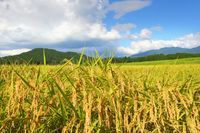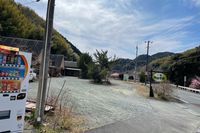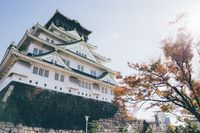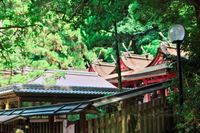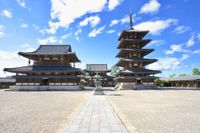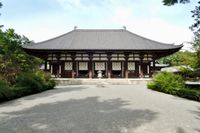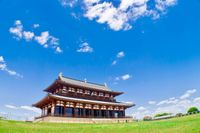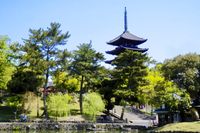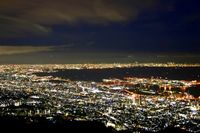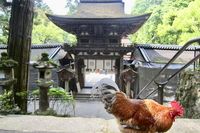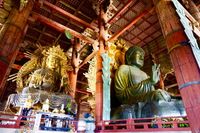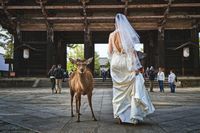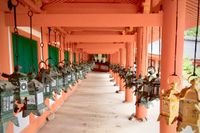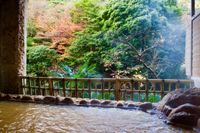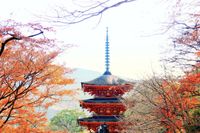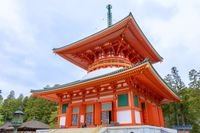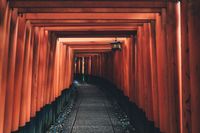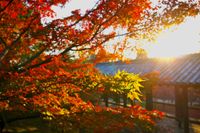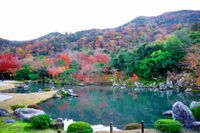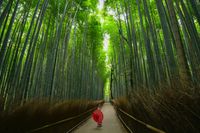
Car Stay Nagai Park East
Description
It is a space to stay overnight in the car on the east side of Nagai Park. It is located 3 minutes walk to Nagai Park. The Yanmar Stadium is 15 minutes away on foot, so please use it for soccer games and live events. There is also a 240,000 square meter outdoor botanical garden and a barbeque area, where you can enjoy some outdoor activities. There are a public bath, a toilet, a laundromat, and a convenience store within walking distance, which are convenient. We also have free bicycles.
Basic Facilities
Additional Fee Facilities
Nearby Facilities
Parking space
Note
■高さ2m以上の車は入れませんので、ルーフキャリアやキャンピングカーはご注意ください。 ■水道はご利用いただけますが、シンク、調理台等はありませんのでご了承ください。 ■電源は車の横の壁にあります。車内に引き込みされる場合は延長タップをご用意ください。 ■長居公園のバーベキュー場は一部の期間を除き、別途予約が必要です。詳細はこちらをご覧ください。 https://www.good-bbq.com/shop/nagai/
Cancellation Deadline
Availability status
Sun | Mon | Tue | Wed | Thu | Fri | Sat |
|---|---|---|---|---|---|---|
28 | 29 | 30 | 31 | 1 | 2 | 3 |
4 | 5 | 6 | 7 | 8 | 9 | 10 |
11 | 12 | 13 | 14 | 15 | 16 | 17 |
18 | 19 | 20 | 21 | 22 | 23 | 24 |
25 | 26 | 27 | 28 | 29 | 30 | 31 |
Sun | Mon | Tue | Wed | Thu | Fri | Sat |
|---|---|---|---|---|---|---|
1 | 2 | 3 | 4 | 5 | 6 | 7 |
8 | 9 | 10 | 11 | 12 | 13 | 14 |
15 | 16 | 17 | 18 | 19 | 20 | 21 |
22 | 23 | 24 | 25 | 26 | 27 | 28 |
Reviews

静かな場所でした。ただ休むには十分ですが、トイレまで少し距離があるのが難点です。機会があればまたお願いします。

トイレが遠くWi-Fiの電波も不安定でしたが、銭湯も近くとでも静かで落ち着くスポットでした!

レンタサイクルができるので、ここに車を停めたまま大阪観光できるのが良かったです。 通天閣まで自転車で約40分くらい。 あとトイレが公園の利用するので、少し距離があり、天気が悪い日や夜中だとなかなかめんどくさくて行きずらいです。 あと車高2mまでなので大きな車は注意です! 大阪の中心地から近いですが、周りは住宅街なので、夜は静かに車中泊できたので、安心して車中泊できました。















